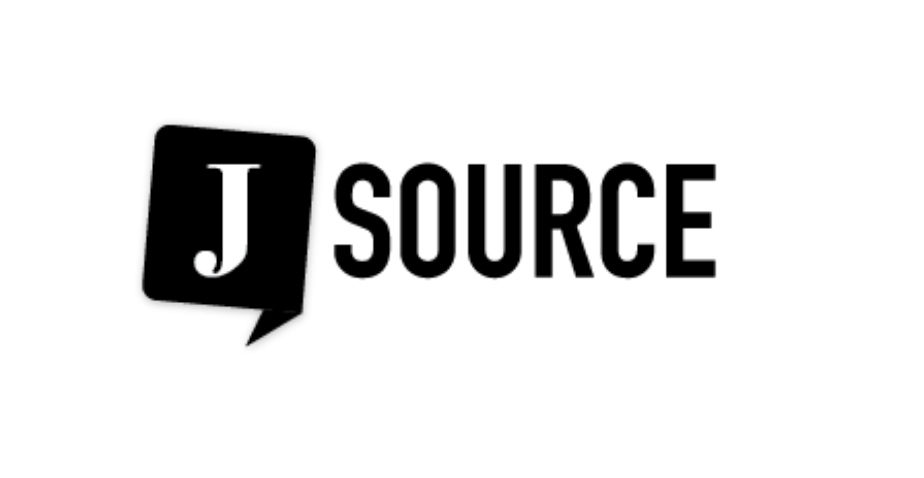What to do when peace breaks out – advice for journalists
The Media Diversity Institute has a resource section on its website that provides a selection of articles on the theory and practice of the media’s role in reporting peace, including such topics as covering post-conflict reconstruction. The Media Diversity Institute has a resource section on its website that provides a selection of articles on the…
The Media Diversity Institute has a resource section on its website that provides a selection of articles on the theory and practice of the media’s role in reporting peace, including such topics as covering post-conflict reconstruction.
The Media Diversity Institute has a resource section on its website that provides a selection of articles on the theory and practice of the media’s role in reporting peace, including such topics as covering post-conflict reconstruction.
Patricia W. Elliott is a magazine journalist and assistant professor at the School of Journalism, University of Regina. You can visit her at patriciaelliott.ca.

